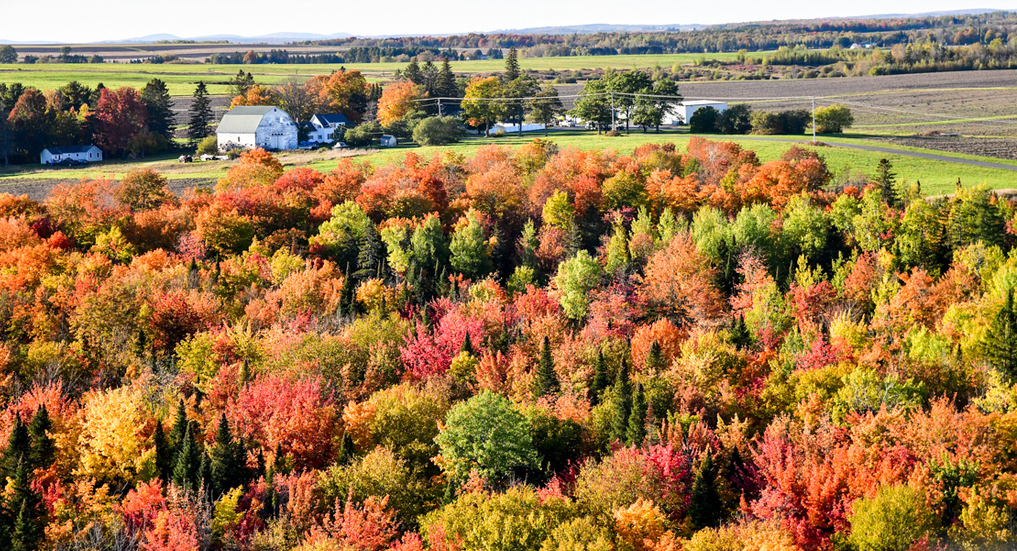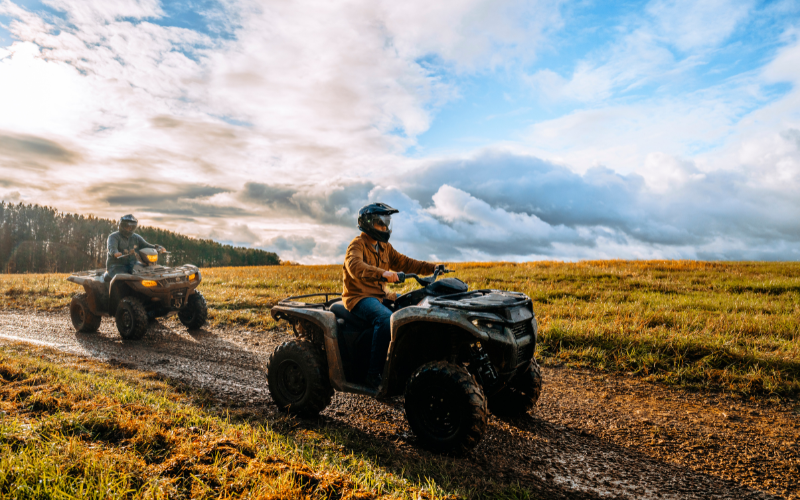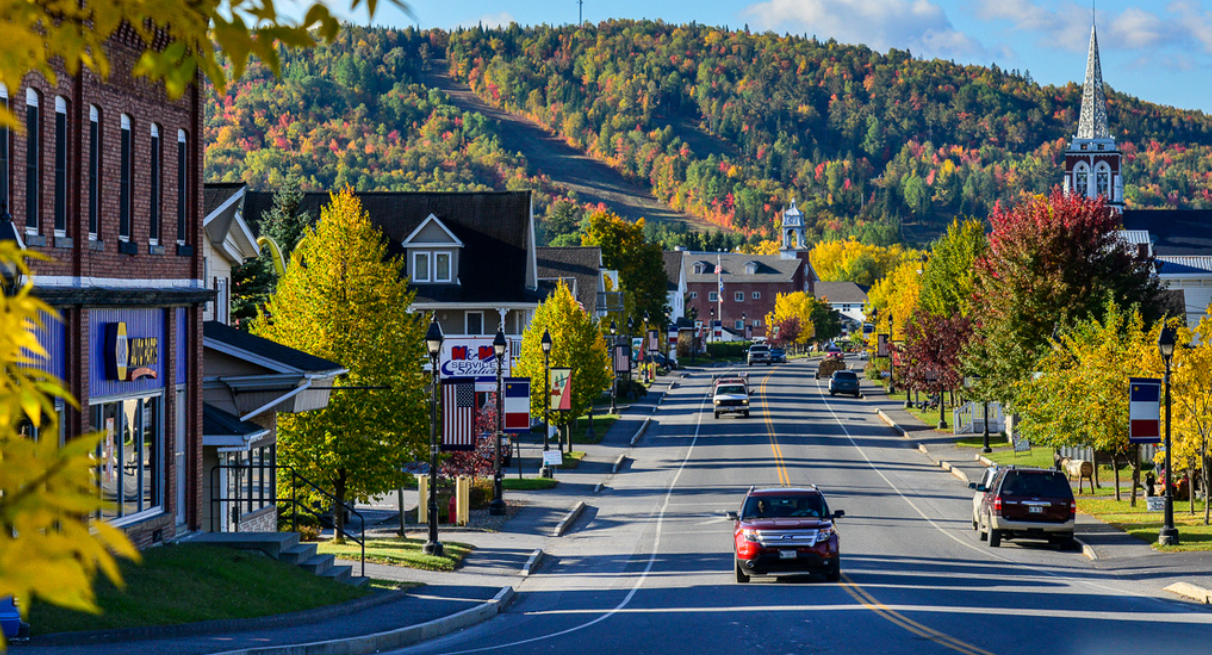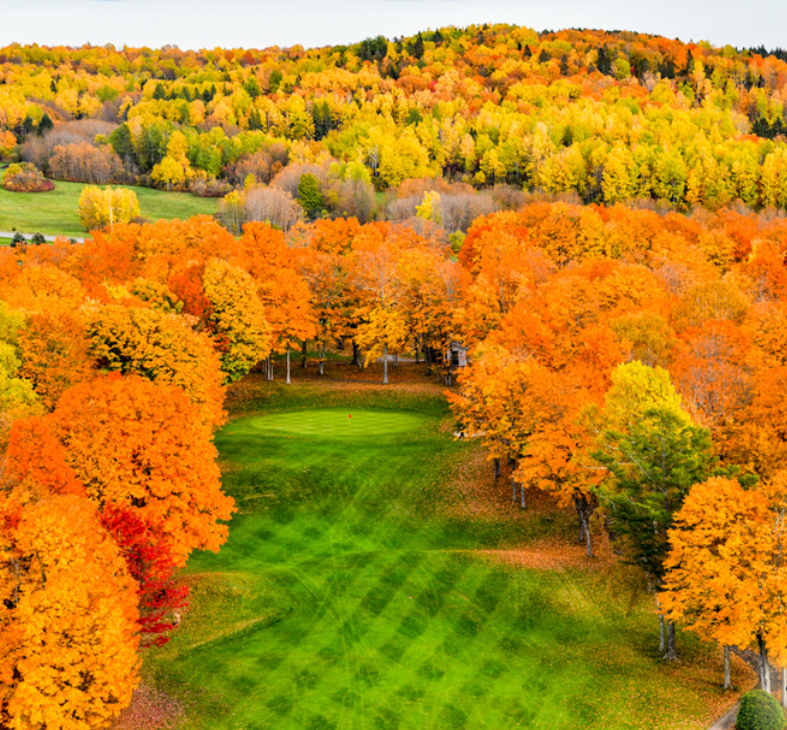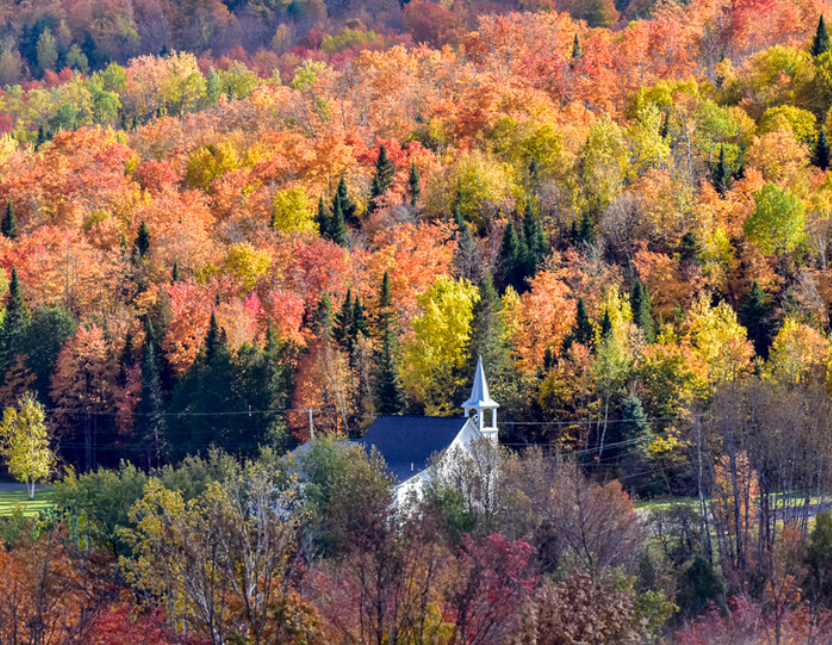B
lack bears are a significant part of the wildlife in Aroostook County, Maine. Here's a detailed look at these fascinating animals:
B
Appearance
Black bears (Ursus americanus) are medium-sized bears with a typically black coat, although some can have brown or even cinnamon-colored fur. They have a distinctive straight facial profile, small eyes, rounded ears, and a short tail. Adults usually weigh between 150 and 600 pounds, with males being larger than females. Their size can vary widely depending on age, sex, and the season.
Habitat
Black bears in Aroostook County inhabit diverse environments, including dense forests, swamps, and areas with abundant food sources like berry patches and nut trees. They prefer remote, wooded areas with thick understory where they can forage and find shelter. Black bears are also known to be adaptable, occasionally venturing closer to human habitats in search of food.

Behavior
Black bears are omnivorous and have a varied diet that includes fruits, nuts, seeds, insects, and small mammals. They are also known to scavenge for carrion and occasionally hunt young deer or moose. Bears are solitary animals except for mothers with cubs or during mating season, which occurs in June and July.
In preparation for winter, black bears enter a state of torpor, a form of hibernation where they slow their metabolism and survive off their fat reserves. This typically begins in October or November and lasts until March or April.
History in Maine
The black bear population in Maine has been relatively stable and robust due to the state's extensive forested areas, which provide ideal habitats. Maine has one of the largest black bear populations in the eastern United States, with an estimated population of over 35,000 bears. Conservation and regulated hunting have maintained this healthy population.
Best Ways to See Black Bears
- Guided Tours: Several outfitters in Aroostook County offer guided bear watching tours, which can increase your chances of a sighting.
- Visit in Spring or Early Summer: Bears are most active during this time as they search for food after hibernation.
- Explore Bear Habitats: Look for bears in areas with abundant natural food sources such as berry patches, nut-producing trees, and along streams and rivers.
- Bear Watching Locations: Specific areas known for bear activity include the North Maine Woods and other remote forested regions in Aroostook County.
- Use Wildlife Viewing Platforms: Some areas might have platforms specifically for safely observing wildlife, including bears.
Safety Tips
- Keep a Safe Distance: Never approach a bear, especially if it has cubs. Maintain a safe distance and use binoculars for closer views.
- Store Food Properly: If camping, keep food in bear-proof containers and away from your sleeping area.
- Make Noise: When hiking, make noise to avoid surprising a bear. Bears usually avoid humans if they are aware of their presence.
- Follow Guidelines: Adhere to local guidelines and advice from park authorities to ensure a safe and respectful wildlife viewing experience.
Black bears are an iconic part of Maine's natural heritage, and with the right precautions, observing them in their natural habitat can be a rewarding experience.










